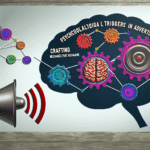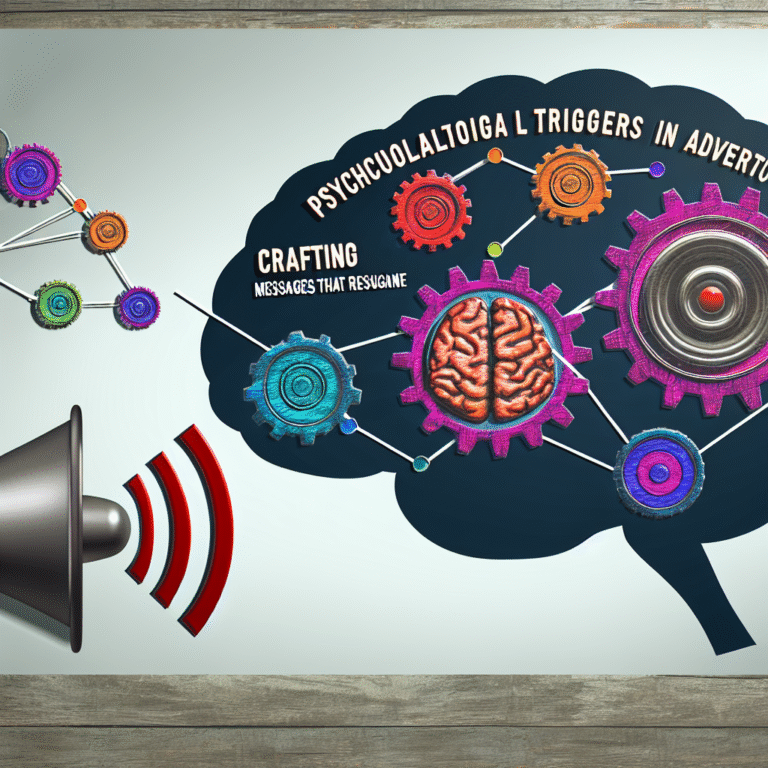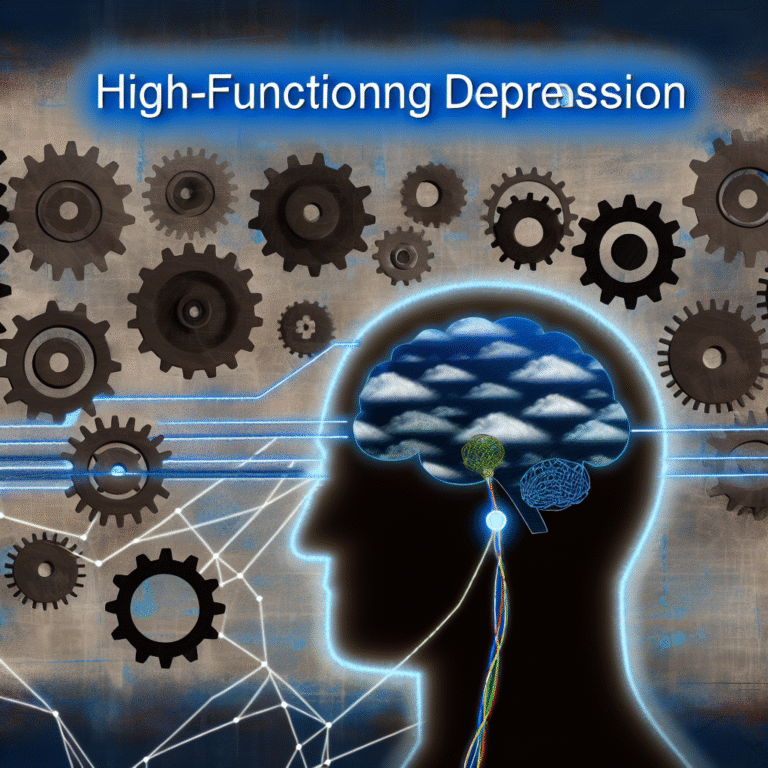
Introduction
Have you ever experienced an immediate connection with someone you just met? Perhaps it was a spark during a casual encounter or an undeniable chemistry that blossomed into something more meaningful. These moments can feel almost magical, but what’s happening beneath the surface? Understanding The Science of Attraction: What Makes Us Drawn to Someone Special? isn’t just about exploring romance; it’s about the fascinating interplay of biology, psychology, and social dynamics that dictate our choices in love and friendship. In this ultimate guide, we will delve deep into the essential factors that influence attraction, offering you insights that can enhance your relationships and life.
Understanding Attraction: The Basics
Biological Factors
Attraction doesn’t simply arise from our social environments; it begins at a biological level. Hormones, pheromones, and genetic compatibility play significant roles in determining whom we find attractive.
1. Hormonal Influence:
When we meet someone who catches our eye, our bodies undergo chemical changes. Dopamine, often referred to as the "feel-good" hormone, spikes, making us feel euphoric and excited. The levels of testosterone (in both men and women) can also influence how attracted we feel to others.
2. Pheromones:
These chemical signals are released by the body and can influence attraction at a subconscious level. Research indicates that pheromones may impact mate selection, often leading us to be attracted to individuals with genetic traits that can enhance our own offspring’s chances of survival.
Psychological Influences
The mind plays a crucial role in attraction as well.
1. Similarity:
One of the most influential factors is the "similarity attraction effect." People tend to be drawn to those who share similar interests, values, and beliefs. This common ground creates a sense of understanding and validation.
2. Familiarity:
The mere exposure effect suggests that the more we are exposed to someone, the more we start to like them. This can explain why people often form relationships with classmates or coworkers — familiarity breeds attraction.
Case Study Example:
In a study conducted by researchers at the University of California, participants were more likely to form romantic interests with individuals they had multiple encounters with over time, showcasing the power of familiarity in the realm of attraction.
The Social Dimensions of Attraction
Attraction is not just about individual chemistry; it is heavily influenced by societal norms and expectations.
Cultural Impact
1. Societal Standards:
Throughout history, cultures have created ideals of beauty that affect whom we find desirable. For instance, while Western cultures often emphasize slenderness and height, other cultures may prioritize features like breast size or facial symmetry.
2. Social Validation:
The people in our social circle often influence whom we are attracted to. Being part of a group can validate our choices, reinforcing perceptions of attractiveness based on social approval.
The Role of Social Media
In today’s digital world, social media has transformed the landscape of attraction. Images and profiles curate a particular image that can enhance or deter attraction.
Case Study Example:
A study from the University of Pennsylvania found that individuals who curate their social media profiles attract more friends and romantic interests, emphasizing the role of online presence in shaping perceptions of attractiveness.
Physical Attractiveness: More Than Skin Deep
The Science of Beauty
Physical attraction is often the first filter through which we view potential partners.
1. Facial Symmetry:
Research suggests that symmetrical faces are often perceived as more attractive. This may be rooted in evolutionary biology, as symmetry is an indicator of health and genetic fitness.
2. Body Language and Posture:
Non-verbal cues significantly impact attraction. Open body language, confident posture, and eye contact can foster attraction even before a word is said.
Case Study Example:
In a psychological experiment by Wallace and Walker (2023), volunteers rated attractiveness based on facial symmetry and confident body language, confirming that these non-verbal cues heavily influenced their choices.
Emotional Connection: The Heart of Attraction
Building a Bond
1. Vulnerability:
Sharing personal stories and experiences can foster closeness, fostering a stronger emotional connection with someone. When two people reveal their vulnerabilities, they often find a sense of intimacy that enhances attraction.
2. Laughter and Playfulness:
Humor is one of the most potent bonding tools in relationships. Couples who share laughter often report higher levels of satisfaction and closeness.
Case Study Example:
A longitudinal study published in the Journal of Personality and Social Psychology showed that couples who engage in playful activities tend to have stronger relational bonds, emphasizing the importance of emotional connection in attraction.
The Final Touch: Enhancing Attraction
Grooming and Style
An individual’s grooming and personal style can dramatically influence attraction. While beauty is subjective, the effort that goes into one’s appearance often correlates with perceptions of attraction.
Health and Lifestyle Choices
Maintaining a healthy lifestyle can also subconsciously influence attraction. Good health habits can be perceived as attractive traits, indicating that someone values not just their well-being but potentially that of a future partner’s.
Case Study Example:
A research project showcased that regularly exercising individuals were perceived to have greater attractiveness, highlighting the impact of lifestyle choices on attraction.
Conclusion
The intricate dance of attraction is a compelling blend of biology, psychology, social dynamics, and personal connections. Understanding The Science of Attraction: What Makes Us Drawn to Someone Special? unravels the complex threads that connect us to others and can empower us in our relationships. Whether you seek to enhance your existing connections or open yourself to new possibilities, recognizing the factors that influence attraction can help you navigate social interactions with greater awareness and intention.
Motivational Takeaway:
Remember, attraction often begins with the self. When you cultivate self-love, confidence, and an understanding of your unique qualities, you become a beacon for others. Embrace the science of attraction, and watch the connections flourish.
FAQs
1. What are the primary factors that influence attraction?
The primary factors include biological aspects such as hormones and pheromones, psychological elements like similarity and familiarity, as well as socio-cultural influences.
2. How does physical appearance impact attraction?
Physical appearance plays a significant role, often serving as the initial filter, but it’s complemented by other elements like personality, confidence, and emotional connection.
3. Can attraction change over time?
Yes, attraction can evolve based on shared experiences, interactions, and emotional bonds that develop, often deepening over time.
4. Is attraction purely based on physical traits?
No, while physical traits play a role, attraction is multi-faceted, encompassing emotional intelligence, humor, shared values, and interests.
5. How can I enhance my attractiveness?
Enhancing attractiveness can be accomplished through a commitment to self-care, fostering emotional connections, showcasing your authentic self, and engaging with others in meaningful ways.
By understanding and leveraging The Science of Attraction: What Makes Us Drawn to Someone Special?, you can navigate the complexities of human relationships more effectively and consciously, turning sparks of interest into lasting connections.
















